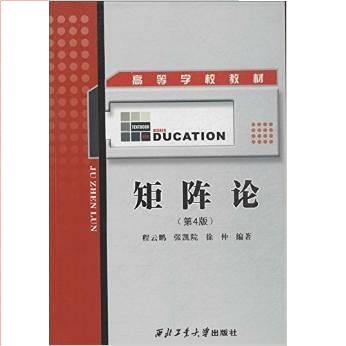We focus on the maximization of the exact ergodic capacity (EC) of a point-to-point multiple-input multiple-output (MIMO) system assisted by an intelligent reflecting surface (IRS). In addition, we account for the effects of correlated Rayleigh fading and the intertwinement between the amplitude and the phase shift of the reflecting coefficient of each IRS element, which are usually both neglected despite their presence in practice. Random matrix theory tools allow to derive the probability density function (PDF) of the cascaded channel in closed form, and subsequently, the EC, which depend only on the large-scale statistics and the phase shifts. Notably, we optimize the EC with respect to the phase shifts with low overhead, i.e., once per several coherence intervals instead of the burden of frequent necessary optimization required by expressions being dependent on instantaneous channel information. Monte-Carlo (MC) simulations verify the analytical results and demonstrate the insightful interplay among the key parameters and their impact on the EC.
翻译:我们注重在智能反射表面(IRS)的辅助下,使点到点多投入多产出(MIMO)系统的确切热量(EC)最大化。 此外,我们还考虑到雷利的消退和每个IRS元素的反射系数的振幅和逐步转移之间的相互交错作用,尽管这些系数在实践中存在,但通常都被忽视。随机矩阵理论工具能够以封闭的形式得出连锁频道的概率密度函数(PDF),随后得出仅依赖大型统计数据和阶段转移的欧盟委员会。值得注意的是,我们优化欧盟委员会在以低顶部为主的阶段转移方面,即,在几个一致性间隔中,即一次,而不是依赖即时频道信息的表达方式所需的经常必要优化负担。蒙特-卡洛(MC)模拟核查了分析结果,并展示了关键参数之间的有见地相互作用及其对欧盟委员会的影响。



